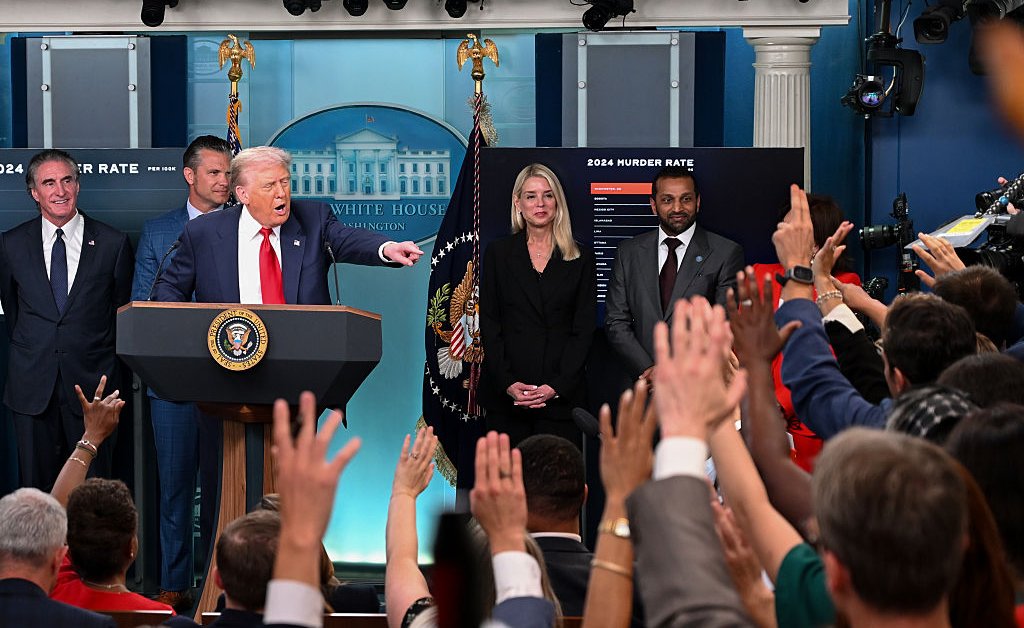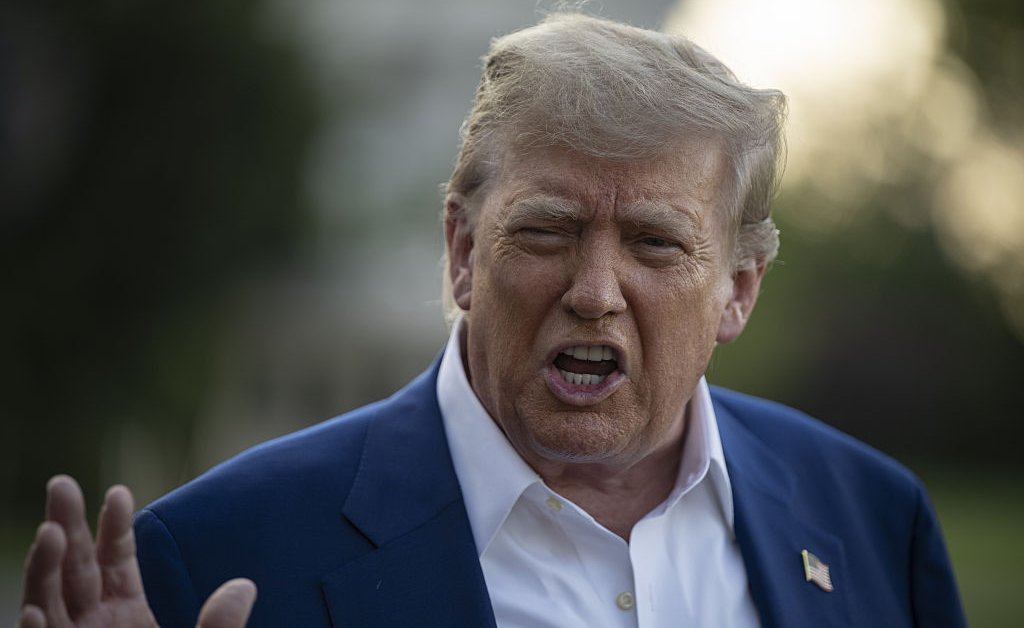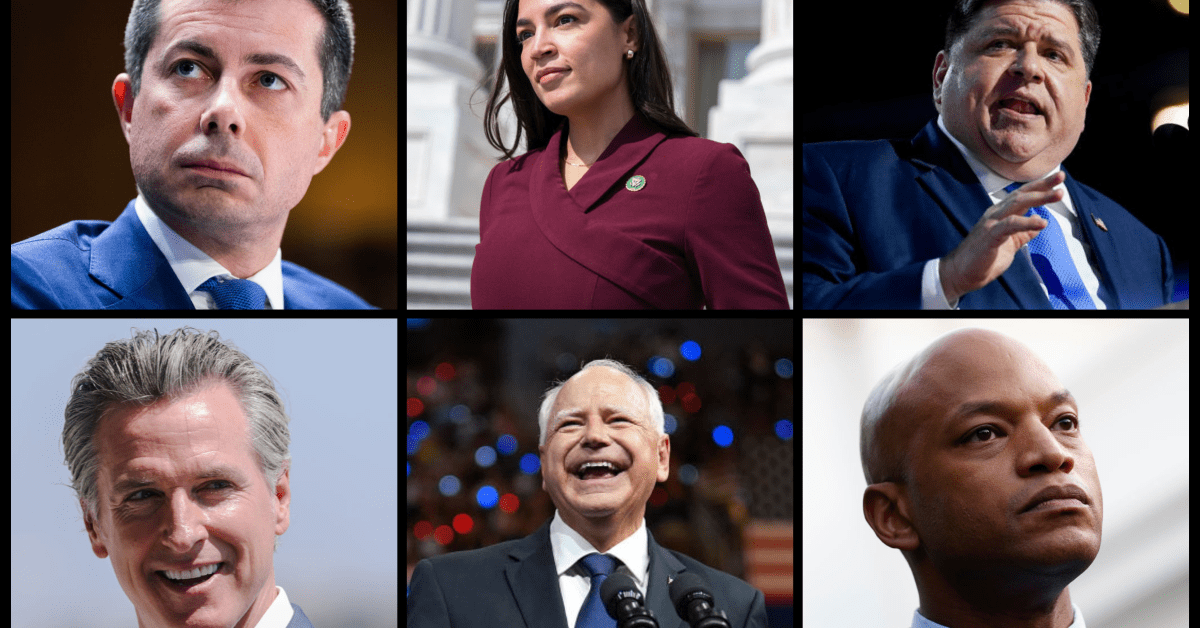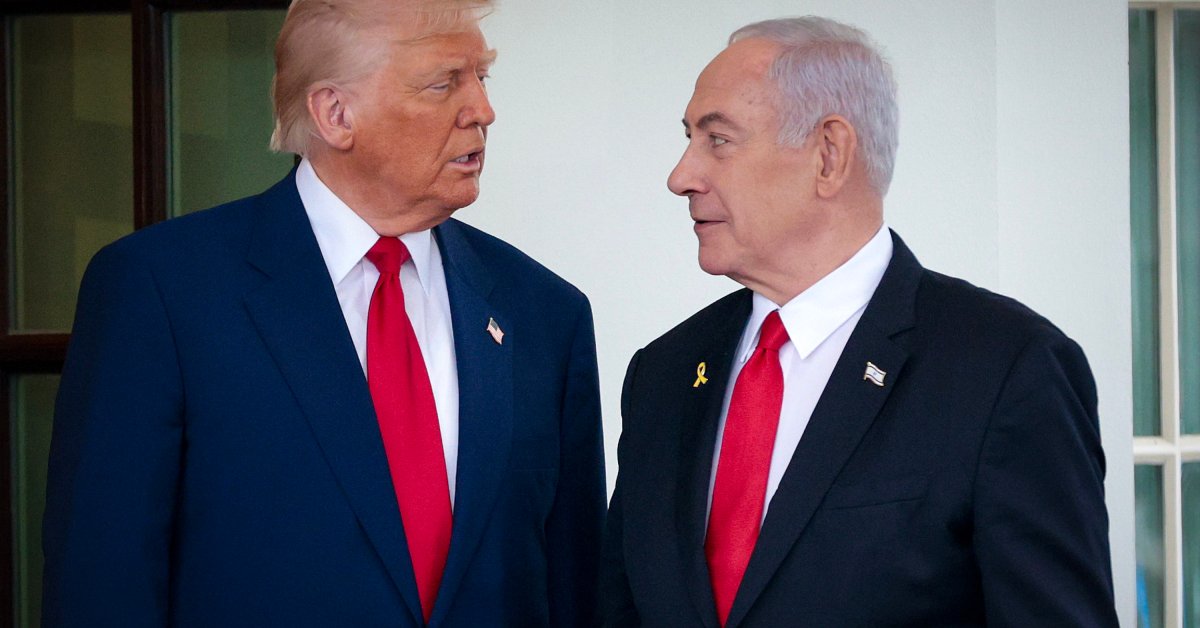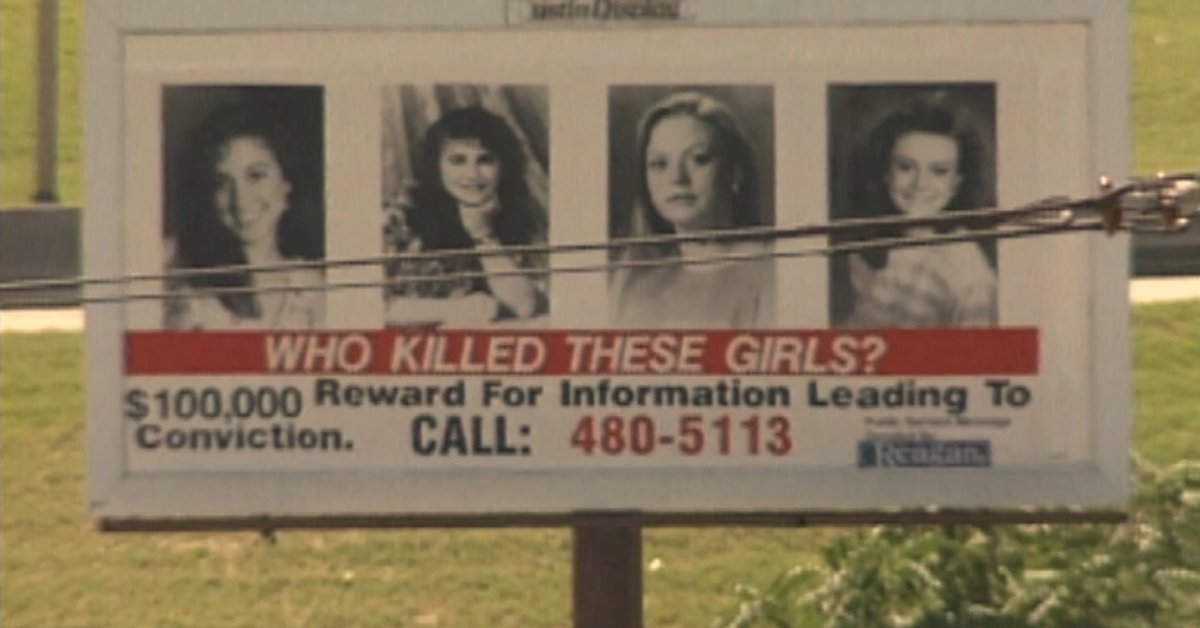President Donald Trump promised on Monday to rescue Washington, D.C., from “bloodshed, bedlam and squalor,” describing a dystopian vision of the nation’s capital that has been overtaken by “violent gangs and bloodthirsty criminals, roving mobs of wild youth, drugged out maniacs and homeless people.”
Invoking section 740 of the District of Columbia Home Rule Act, Trump has deployed National Guard troops and is taking over the Metropolitan Police Department (MPD) to “help reestablish law, order and public safety” in the city.
But experts say the statistics don’t match Trump’s description of the city, and statements from his Administration have received pushback from local officials.
After White House Deputy Chief of Staff Stephen Miller said that D.C. was “more violent than Baghdad,” D.C. Mayor Muriel Bowser said that “any comparison to a war-torn country is hyperbolic and false.”
Here are the facts and figures regarding crime in Washington, D.C.
“It’s getting worse. Not getting better, it’s getting worse.”
The primary justification for Trump’s intervention in Washington, D.C., appears to be that the city’s crime rate is getting increasingly worse. But that view is lagging by a couple of years.
Public views on crime in D.C. haven’t quite caught up to the numbers, however. A 2024 Washington Post poll found that D.C. residents were growing more concerned about crime, despite figures showing declines. In the poll, 65% of residents said that they felt crime issues were “extremely serious” or “very serious.”
“Caravans of mass youth rampage through city streets at all times of the day.”
Trump specifically focused on juvenile crime, especially related to carjacking. That has been identified as an issue in the city in recent years.
MPD data shows that 8 percent of D.C. arrests in 2024 were juveniles, but more than half of carjacking arrests involved a juvenile. Some reports have suggested that a rise in truancy in D.C. schools was behind an uptick in youth crime. Community leaders have spoken out previously about the “crisis” in youth crime.
But progress is being seen there, too. D.C. police data shows that the MPD made 900 juvenile arrests this year. That is down 20% from 2024.
Since July 2025, a citywide curfew has been in force for youth in order to combat juvenile crime in the city, which statistically grows in summer months across the U.S., not just in D.C.
Violence prevention groups have often touted the effectiveness of community violence intervention (CVI) efforts in these summer months, especially in cities like New York City in which gun violence has decreased.
“The murder rate in Washington today is higher than that of Bogotá, Colombia, Mexico City, some of the places that you hear about as being the worst places on earth.”
Here, Trump is technically correct. In 2024, Bogotá, Colombia, experienced a homicide rate of 15.2 per 100,000 inhabitants, according to its city council. Mexico City’s homicide rate, meanwhile, was reported to be around 10 per 100,000. Over the same period, meanwhile, Washington, D.C., saw a murder rate of approximately 27.3 per 100,000 residents.
But many people have taken issue with Trump’s description of those cities as “the worst places on earth.”
President Claudia Sheinbaum of Mexico, a former Mexico City mayor, told reporters on Tuesday that while it was true that the city’s homicide rate is lower than D.C.’s, “What we don’t agree with is when he said it was the most insecure city in Latin America, because it’s not.”
Bogotá has also seen historic declines in its murder rate, and 2024 was a historic low. And most of Colombia’s violence in recent years has taken place in rural areas.
D.C.’s crime rate is still far from those in “the worst places on earth.” Even in 2023, when the violent crime spike that Trump is discussing was occurring, at least 49 other cities in the world had higher homicide rates than D.C.
“Every place in the country where you have no-cash bail is a disaster.”
Trump has blamed a rise in crime on the use of “no-cash bail” in D.C., where cash bail has been effectively eliminated since 1992. This practice allows some defendants charged with lesser crimes to be released from jail without posting bail that would help ensure their return to court. In some cities, like New York City, bail reform has been put forward as a way to ensure that people do not wind up in jail just because they could not afford to post the required money.
In New York, part of the impetus for this bail reform was the story of Kalief Browder, a young man in the Bronx who was arrested at age 16 for allegedly stealing a backpack. His bail was initially set to $3,000, which his family could not afford, and he was sent to Rikers Island jail, though he maintained his innocence. Browder stayed in Rikers for three years before prosecutors dropped the case.
According to the New York City Criminal Justice Agency, the percentage of those rearrested while awaiting trial has remained relatively the same since the bail reform.
Further, a report from the Brennan Center for Justice in August 2024 found that “there is no reason to believe that bail reform has led to increased crime.”

